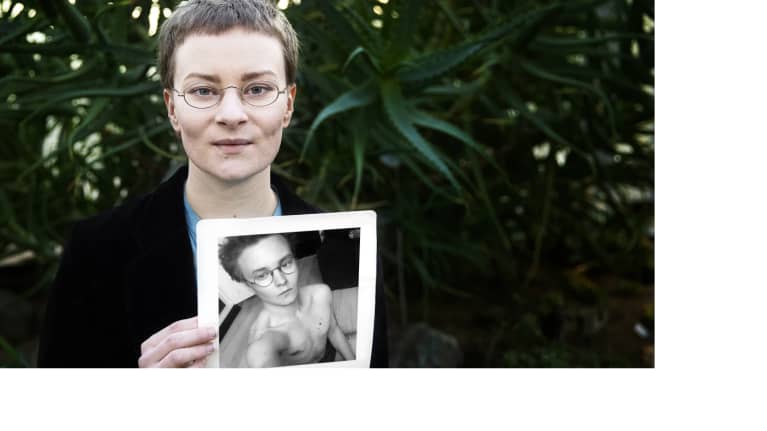Researchers at Helsinki University Hospital want to find out how many people regret transitioning and how many are requesting gender reversals after undergoing reassignment.
Since 2010, the number of people seeking gender reassignment in the western world has soared.
In Finland, Tampere and Helsinki University Hospitals run gender identity clinics for people wanting to transition. Between 2003 and 2007, around 20 people a year sought treatment at these centres but over the past few years that number grew to 200-300 annually. In 2018, doctors referred 400 people to these programmes, which are tasked with vetting whether a person has a transgender identity ahead of any medical intervention.
“About half of people come in with a trans diagnosis,” said Niina Puustinen from Helsinki University’s gender identity clinic.
This year the clinic launched a study to chart patients who have detransitioned after regretting gender reassignment. Researchers hope the study will shed light on how to prevent transition regrets. The study will be published next year.
"I wish I'd never done it"
Twenty-seven year-old Nita said her mental health problems were not adequately addressed before she began a medical female to male transition.

Nita, who doesn’t want to provide her full name, spent several years living as a man, but has since transitioned back to live as a woman.
“I wish I’d never started the transitioning process. I should have had other ways of coping with my problems,” she said.
Nita said she's not alone and that she knows several people who have transitioned back to their original gender.
Irreversible effects
Nita began transitioning to male in her 20s, saying she approached transitioning lightly, akin to getting a tattoo. To make her body more masculine, Nita took testosterone and had a mastectomy.
“The whole trans process injected meaning into my life. There was a constant goal to work towards,” she explained. “Now it bothers me that I’m a 27-year-old woman who sounds like a teenage boy.”
Nita told Yle she has dealt with a range of mental health issues since her teens, including depression, eating disorders and self-destructive behaviour.
“But even despite my mental health history, doctors easily gave me a transgender diagnosis,” she explained.
Nita said she was always a tomboy and that as she grew into an adult, she began feeling disassociated from what she saw in the mirror.
Nita said she had several trans friends. Constructing a trans identity was easy.
“We had the same types of experiences and problems. Through this group of people, I began framing my gender experience in a new way. I started thinking I’m something other than a woman.”
She said she spent a lot of time with others who didn't identify with binary gender.
“This made things somewhat one-sided,” Nita explained.
She said any concerns she had about undergoing reassignment surgery were brushed away by her friends.
“They claimed any uncertainty about undergoing the process was related to deep-seated phobias against trans people.”
After joining online support groups, Nita said her bubble grew bigger. She said online friends suggested severing ties with people questioning her trans identity.
Unknown territory
Going through with a medical transition was straightforward, according to Nita.
“It feels unreal that the medical community allowed a seriously traumatised woman like myself to do all of these things to her body—cutting out healthy tissue,” Nita said. “It was all so easy.”
She told Yle doctors should have dug deeper into the roots of her body dysphoria.
Deputy chief doctor Katinka Tuisku from the Helsinki and Uusimaa Hospital District (HUS) said officials don’t maintain records on how many people have detransitioned.
“But it’s possible that we only find out about a small number of these cases. Some of these people have come back to us for treatment. We try to help them any way we can.”
Tuisku said transgender reversal surgery is very challenging as some changes can't be undone.
Nita is considering breast augmentation as well as laser hair removal as having received testosterone means she now has to shave every few days.
While Nita said she believes she was allowed to transition too easily, others say Finland should provide better access to treatment.
“[Doctors] are too careful in Finland, and it’s causing a lot of young people to be unwell,” said Tanja von Knorring of Trasek, a Finnish association for transgender and intersex rights.
Nita meanwhile said she faces an uphill battle to journey back to where she was.
“It feels incredibly difficult to go to a public health centre doctor to get a referral back to the gender identity clinic to say, ‘Hey, I regret my transition’”.
EDIT 9.12.2019 This story originally referred to 'sex change' regret. That has been changed to 'gender reassignment' and 'transition'.
